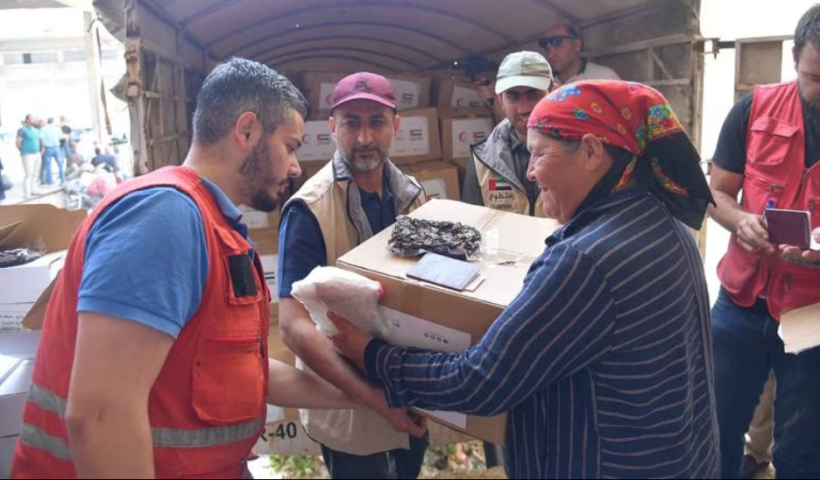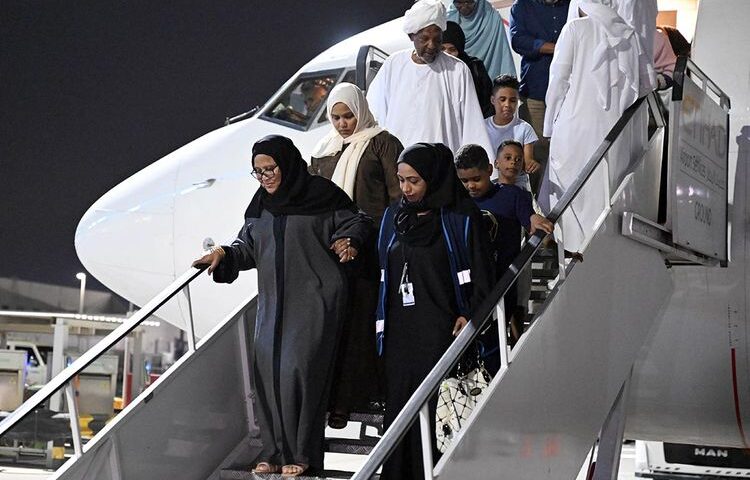UK curriculum schools in Dubai performed best, followed by IB curriculum and Indian schools.
Dubai private schools have been ranked sixth in the world for reading and literacy skills.
The Progress in International Reading Literacy Study (PIRLS) assessment, which is done every five years to measure the reading and literacy skills of grade four pupils worldwide, found that private schools in Dubai scored 566 points in the 2021 study – significantly higher than the global average of 500 points.
The latest results show Dubai schools, which feature in the top 10 for the first time, have increased their score by 76 points since 2011. In 2016, when the previous study was carried out, Dubai schools scored 527.
Schools rated Outstanding scored 631 points, while Very Good and Good schools scored 588 points and 564 points respectively.
UK curriculum schools in Dubai performed best in the assessment, scoring 588 points, followed by IB curriculum schools with 583 points and Indian schools with 567.
“These results are significant not just because they exemplify the world-class teaching and learning happening across our schools every day,” said Dr Abdulla Al Karam, KHDA director general.
“They are also an acknowledgement of how our school community worked together to overcome the restrictions in place at the time PIRLS was conducted.”
The PIRLS assessment found 27 per cent of pupils in Dubai private schools achieved the Advanced International Benchmark of 625 points, compared with 12 per cent in 2016.
A questionnaire in the study found that 87 per cent of Dubai private school pupils are confident in reading.
“The results from the latest PIRLS assessments reflect the performance of the school inspections, with Outstanding and Very Good schools outperforming global averages,” said Fatma Belrehif, chief executive at Dubai Schools Inspection Bureau.
“We are proud of our school community’s dedicated approach to supporting students through the pandemic and continuing to offer high-quality education during challenging times.”
The PIRLS assessment, which has been running since 2001, requires nine and 10-year-olds from grade four or year five to complete comprehension tests.
It provides internationally comparative data on how well children read by assessing students’ reading achievement in different countries.
PIRLS, which is run by the International Association for the Evaluation of Educational Achievement (IEA) in Amsterdam and Boston College in the US, assessed about 400,000 pupils in 57 countries.
On Sunday, Sheikh Mohammed bin Rashid, Vice President and Ruler of Dubai, praised the success of the UAE’s annual Arab Reading Challenge, which he said has become the largest such event in the world.
Sheikh Mohammed said 24.8 million school pupils from 46 countries had taken part in this year’s competition, the finals of which are expected to be held towards the end of the year.
The annual challenge, launched by Sheikh Mohammed in 2015, aims to encourage a million young people to read at least 50 books in a year.
The Arab Reading champion is selected based on the pupil’s ability to articulate general knowledge, critical thinking and communication skills, plus the diversity of books they have selected.


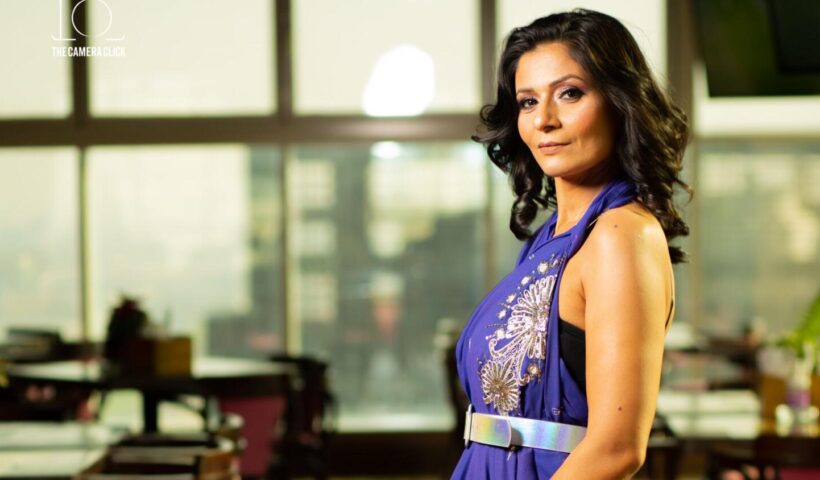



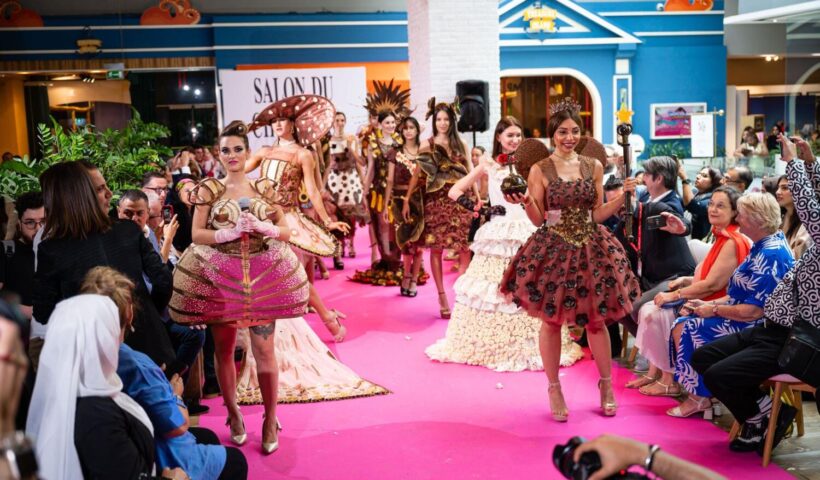










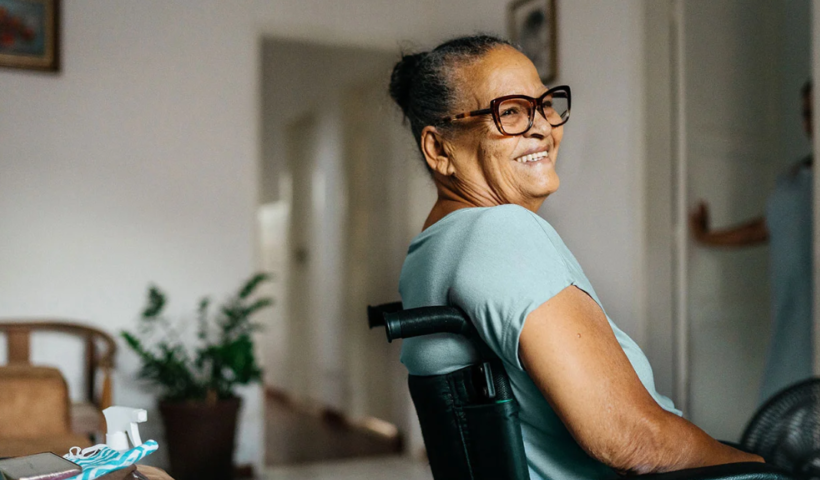
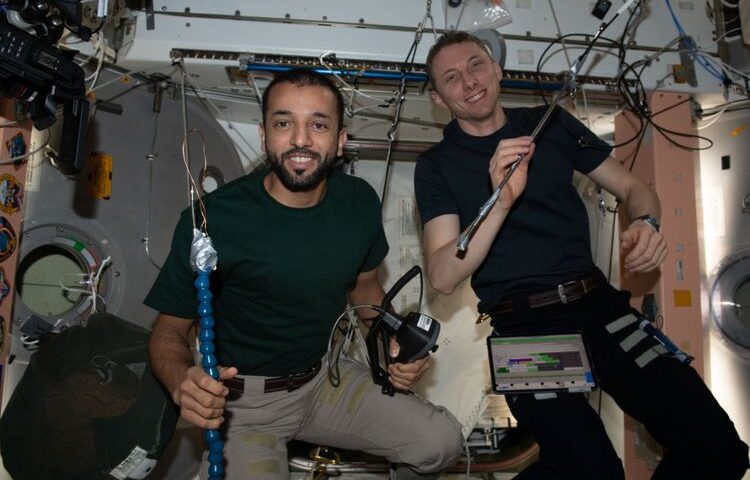

:quality(70)/cloudfront-eu-central-1.images.arcpublishing.com/thenational/MPTYOYPJ6NFKVP4F6YTHXHWJIQ.jpg)
